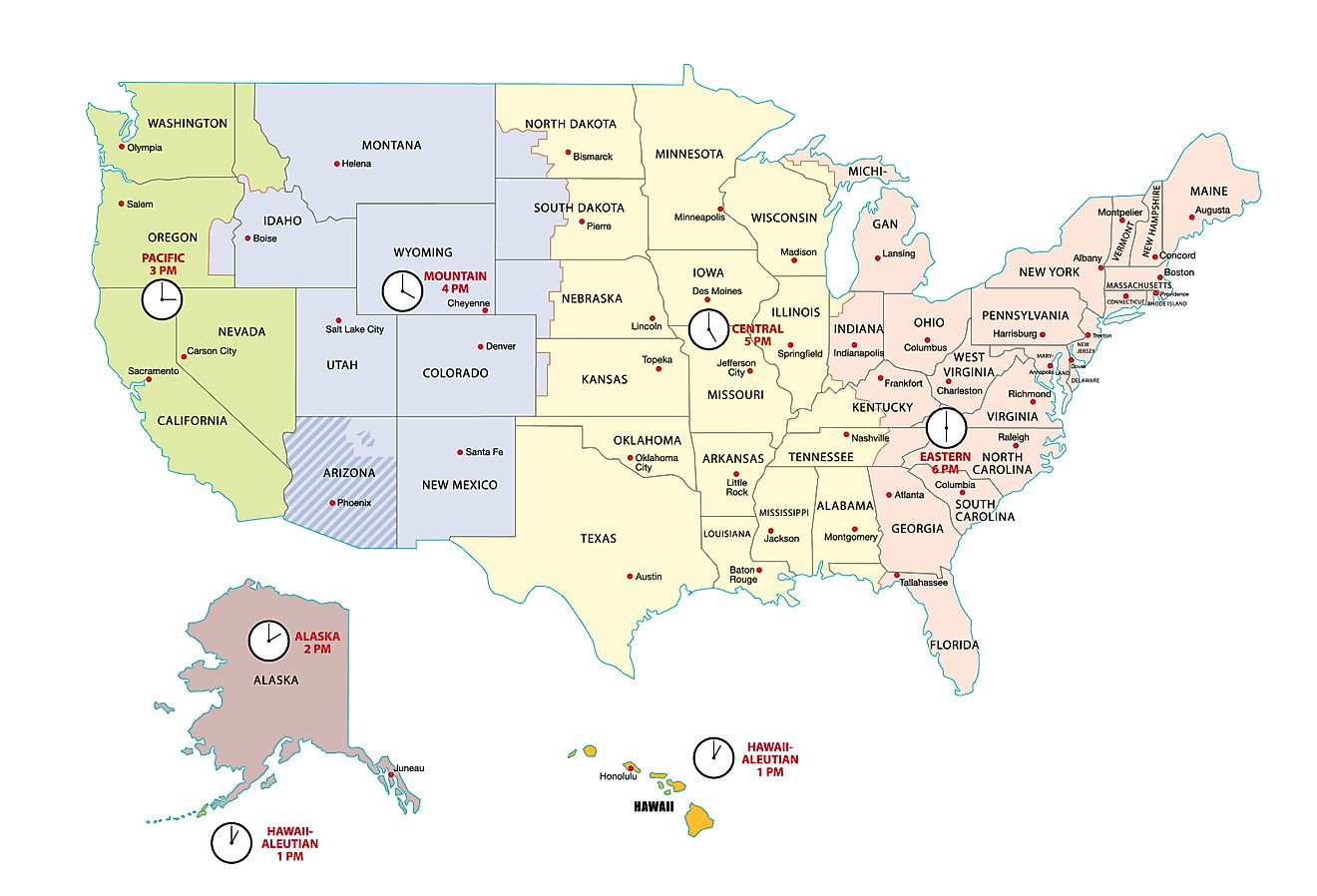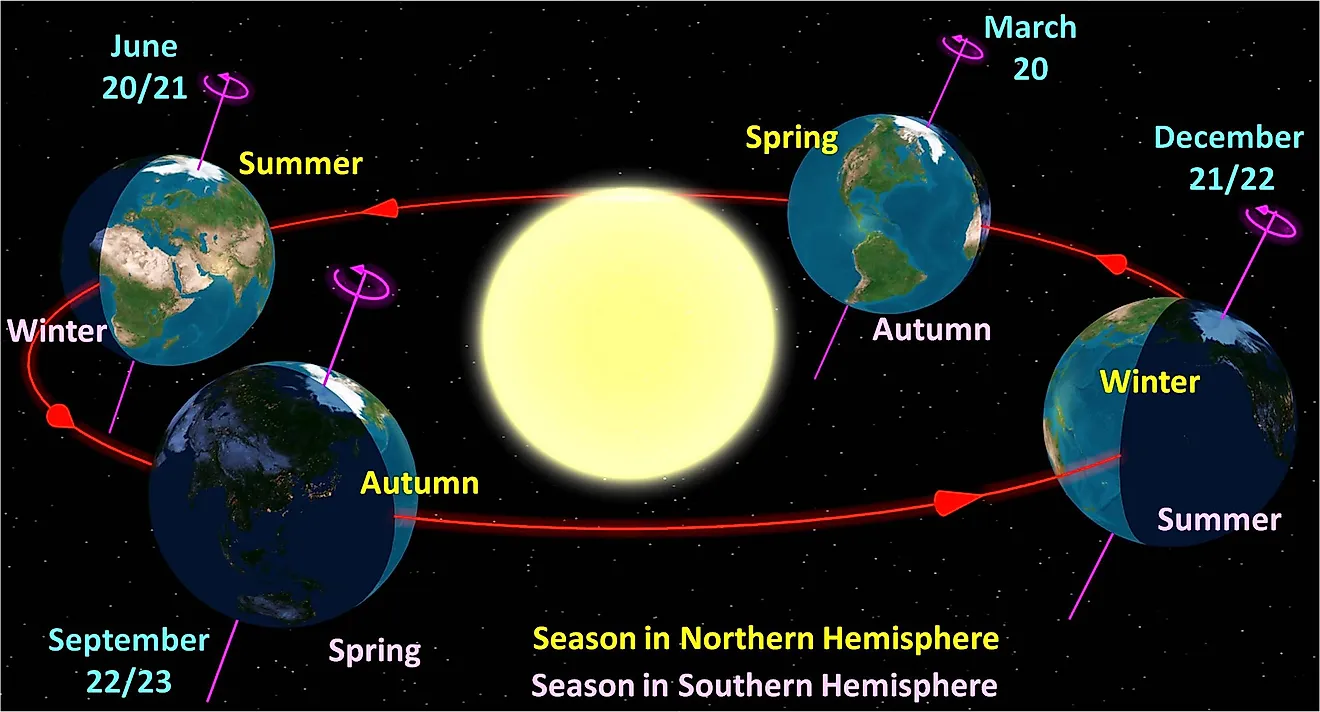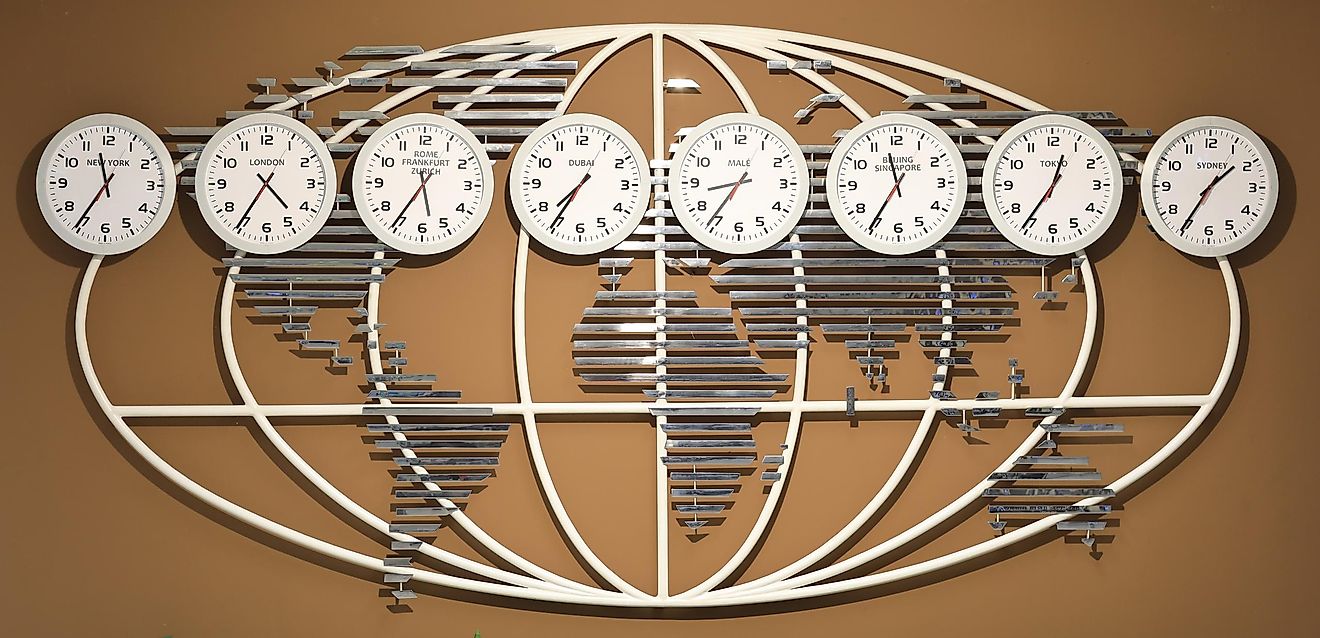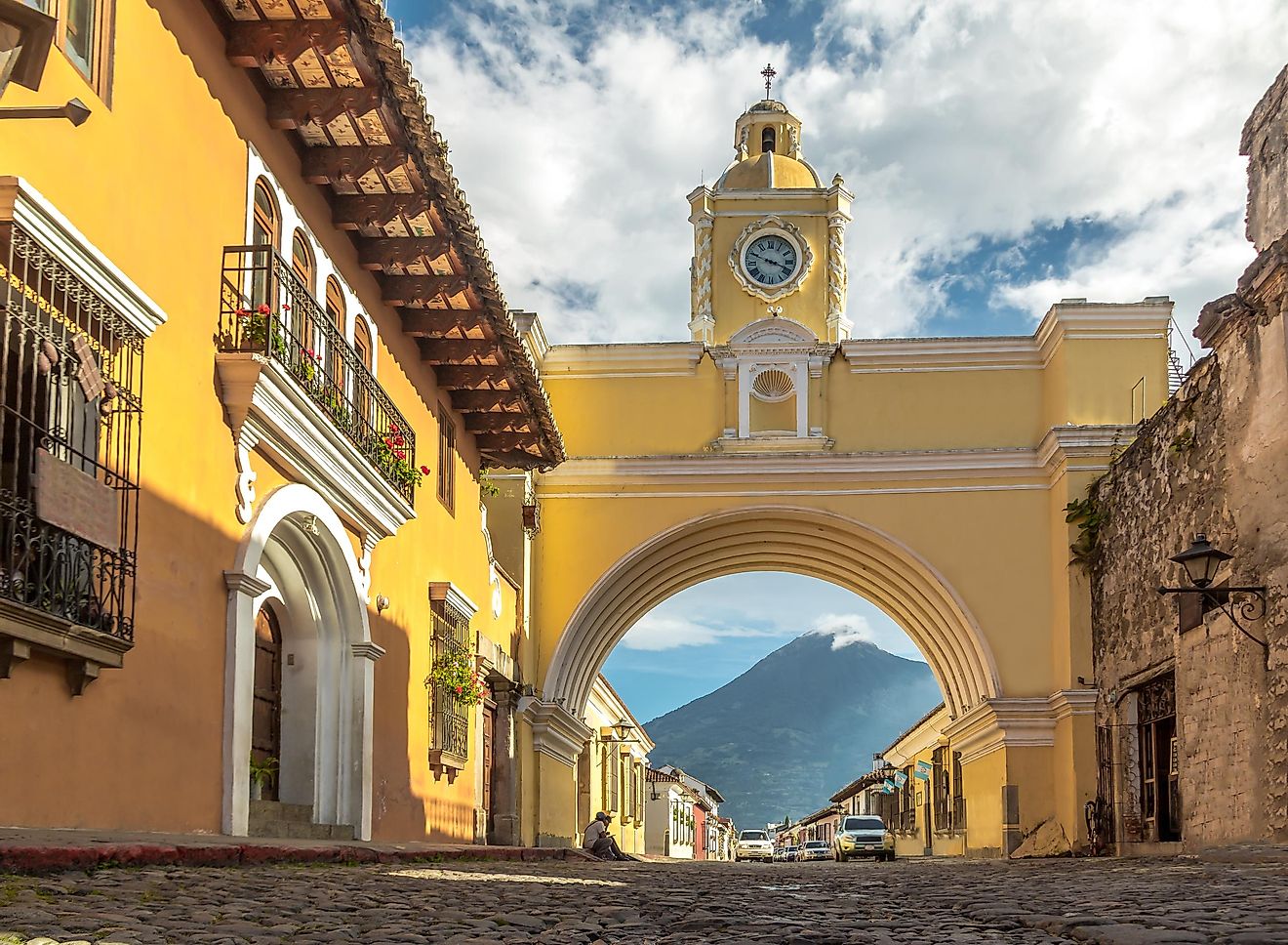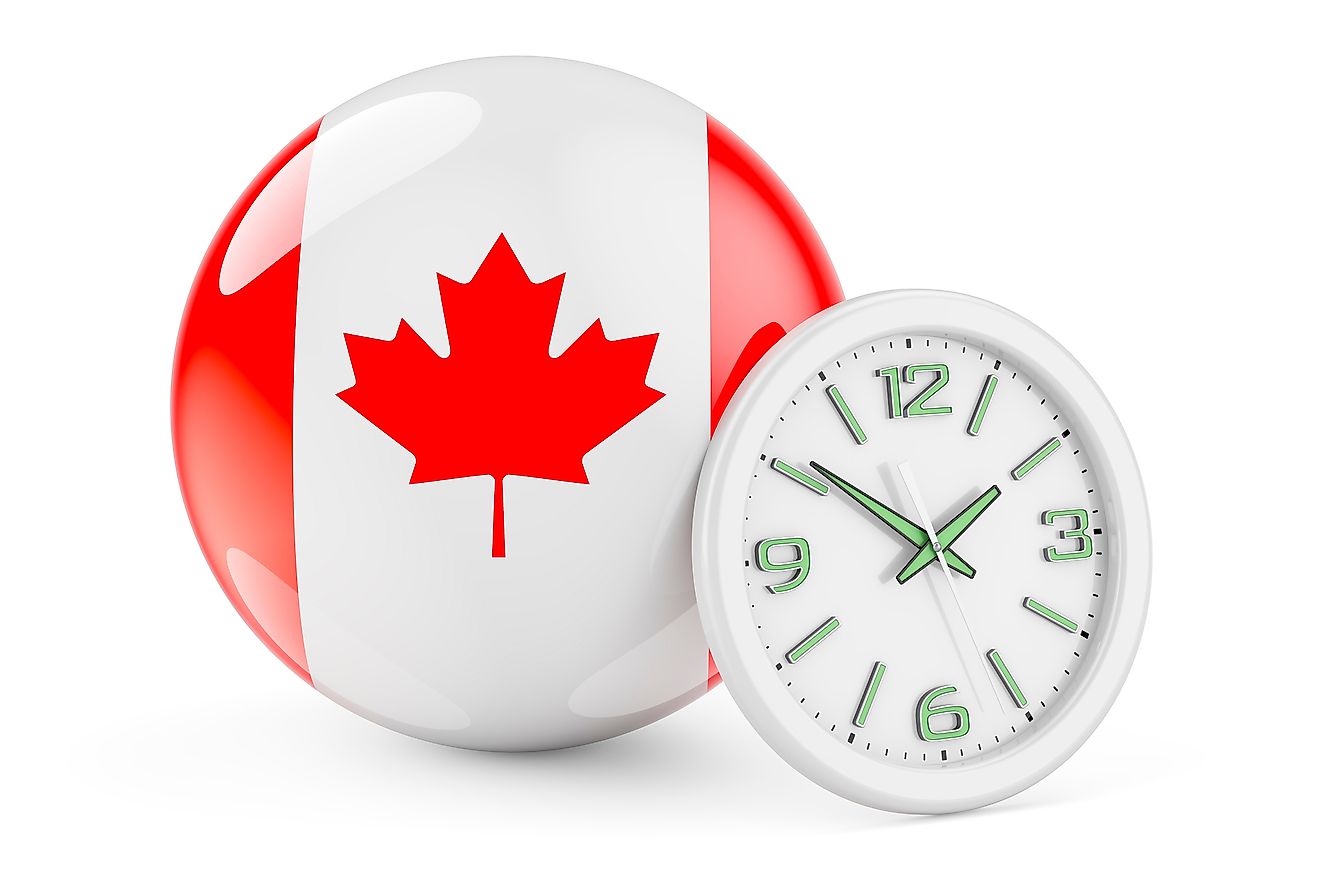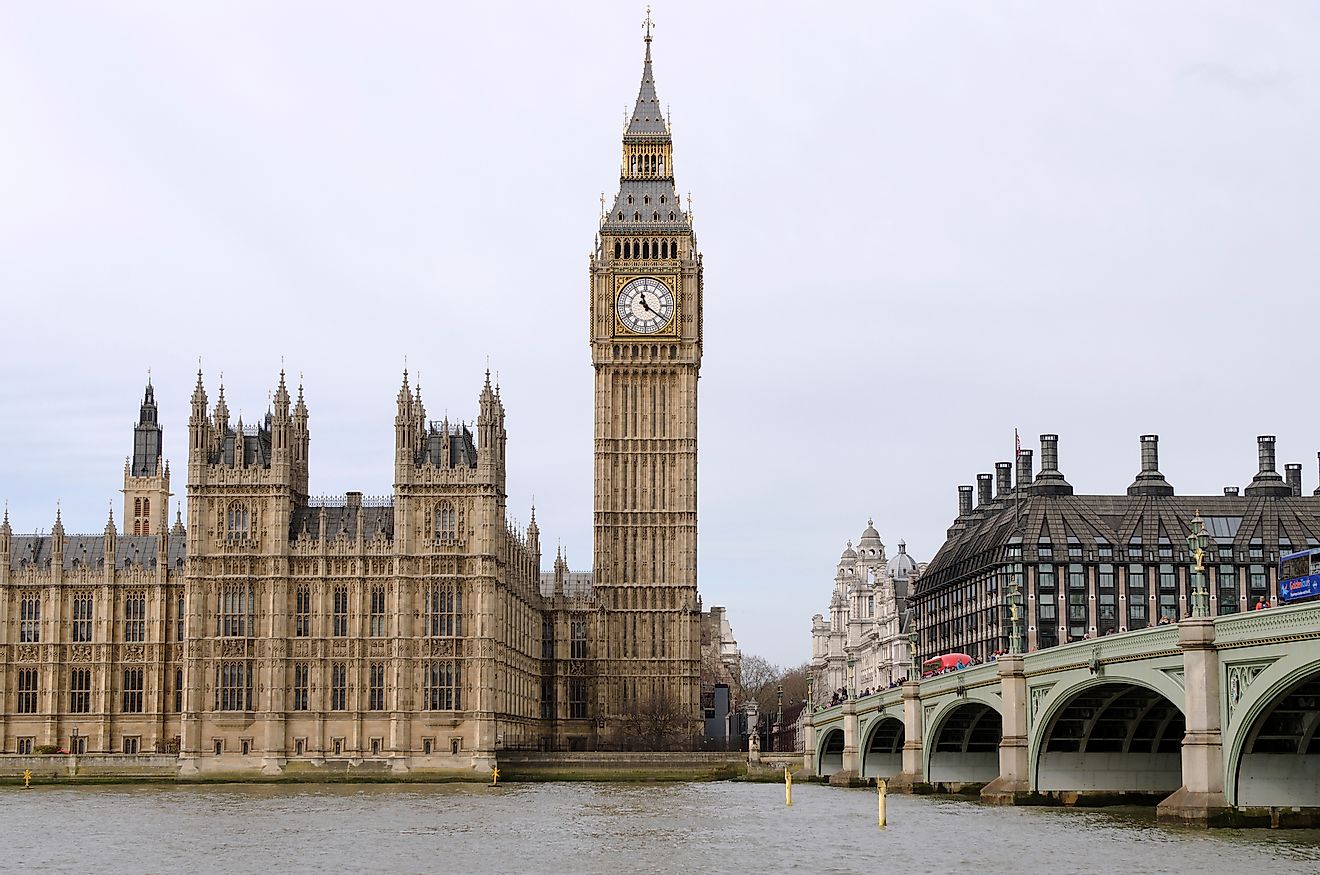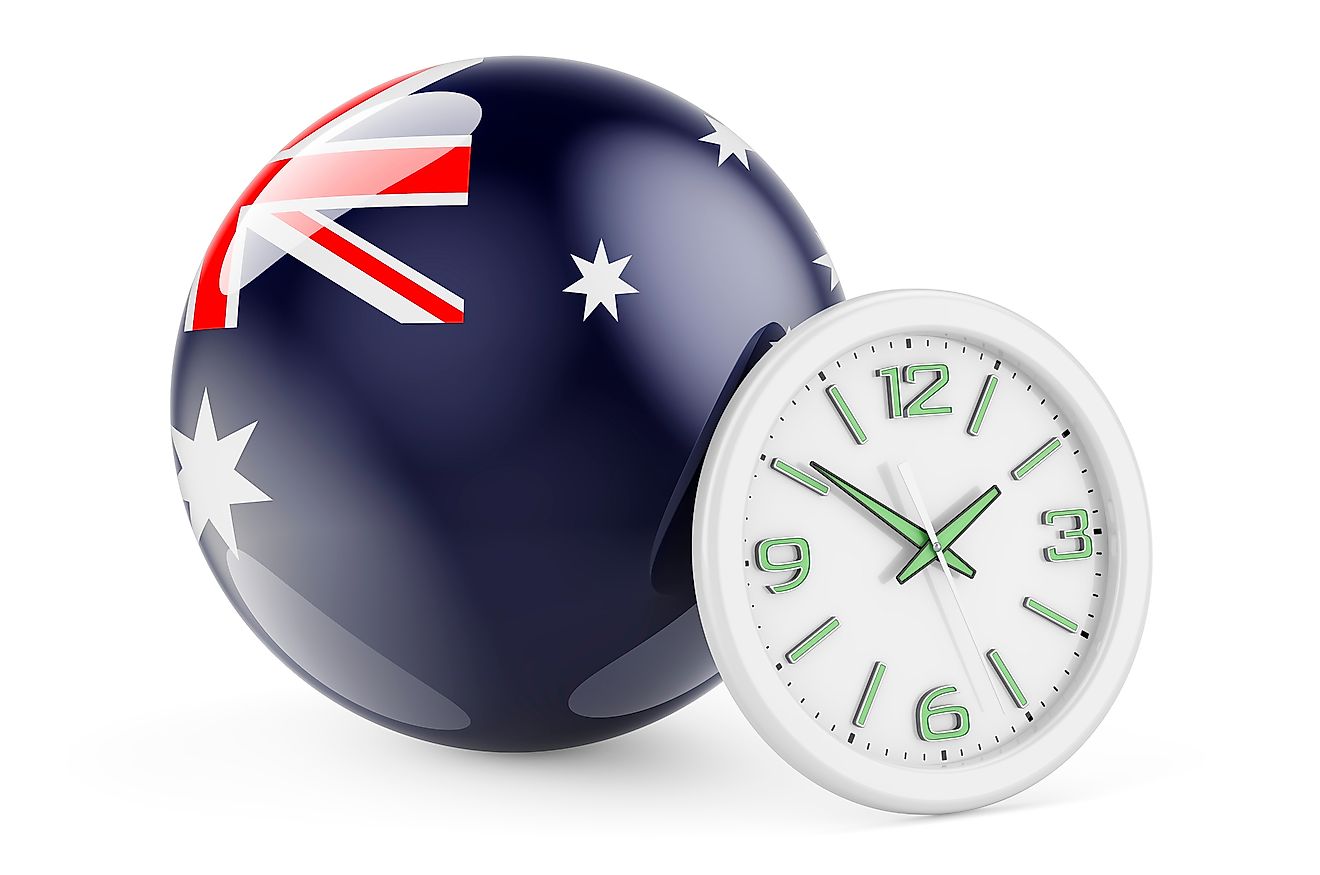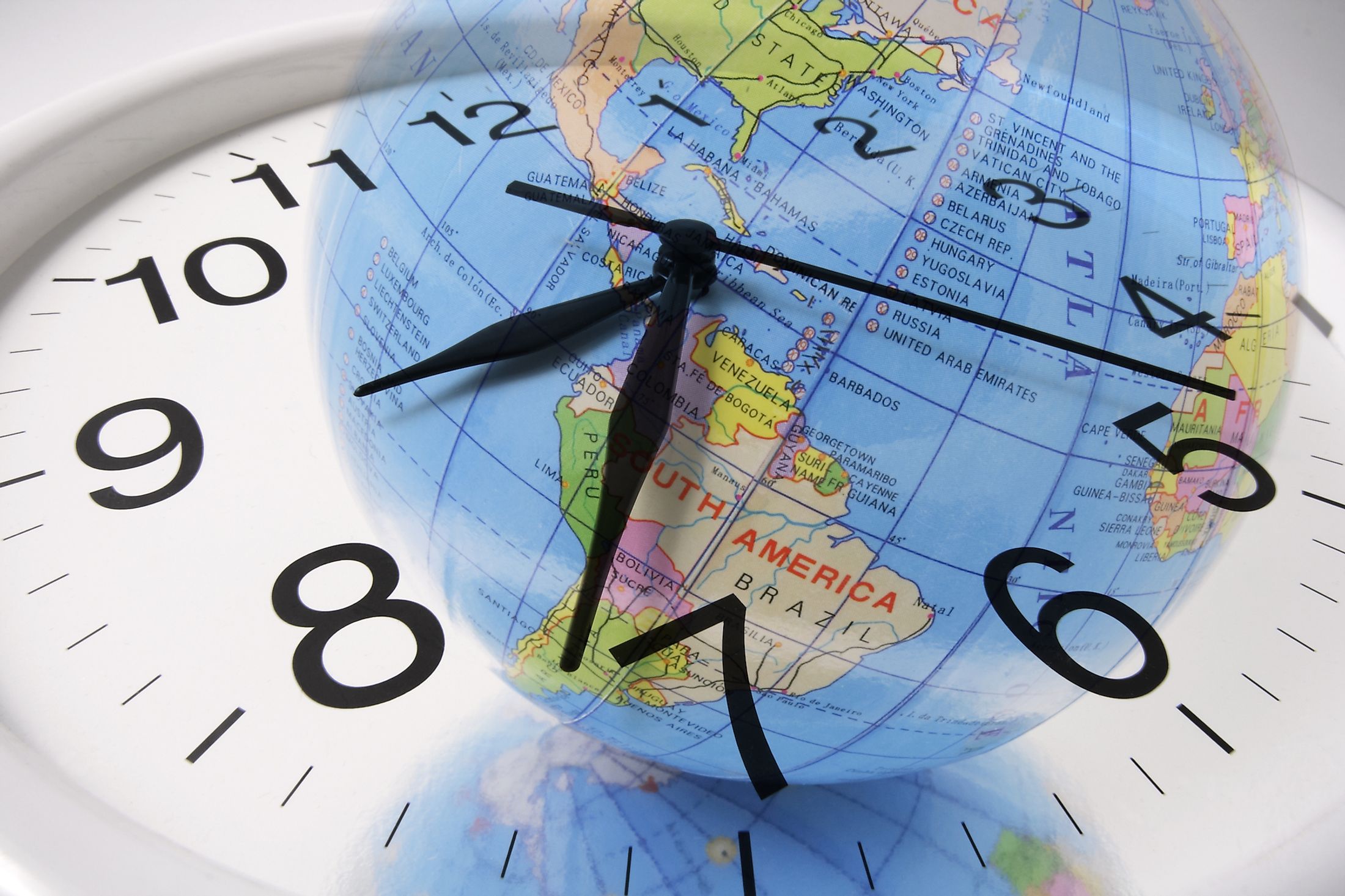
Time Zones In South America
Covering an area of 17,840,000 km2, South America is the fourth largest and the fifth most populous continent in the world. It is bordered by the Continent of North America and the Caribbean Sea as well as the Pacific and the Atlantic Oceans. There are five standard time zones in South America. These are UTC-5; UTC-4:30; UTC-4; UTC-3; and UTC-2.
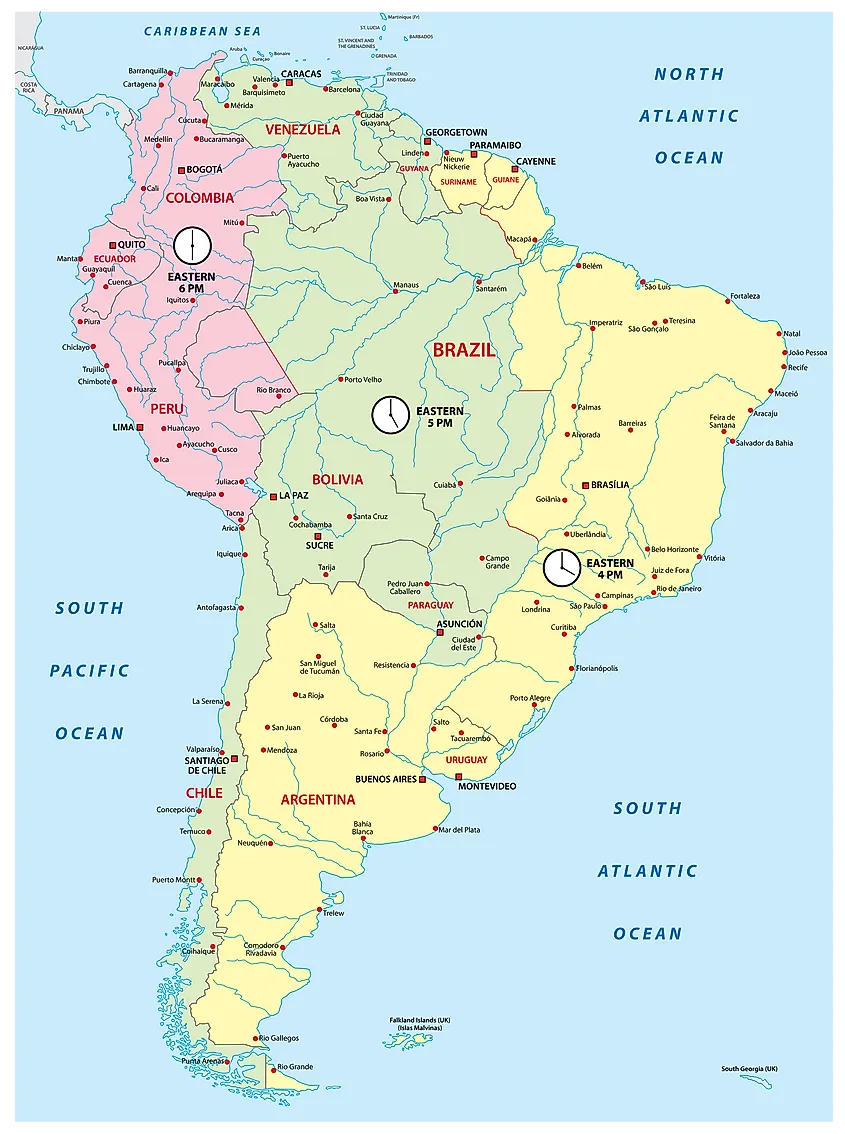
UTC-5
In the UTC-5 time zone, a standard time is followed which is calculated by subtracting 5 hours from the Coordinated Universal Time (UTC). The South American countries which follow this time zone include Ecuador, Colombia, Peru, the State of Acre, and parts of Brazil.
UTC-4:30
In the UTC-4:30 time zone, a standard time zone is followed which is calculated by subtracting four and half hours from the Coordinated Universal Time (UTC). Only the South American country of Venezuela follows this time zone. However, the Government of Venezuela has announced that the country would follow the UTC-4 time zone from May 1, 2016, onwards.
UTC-4
In the UTC-4 time zone, a standard time is followed which is calculated by subtracting 4 hours from the Coordinated Universal Time (UTC). The South American countries which follow this time zone include Bolivia, Chile, Guyana, Paraguay, and parts of Brazil. The Falkland Islands also follow this time zone.
UTC-3
In the UTC-3 time zone, a standard time is followed which is calculated by subtracting 3 hours from the Coordinated Universal Time (UTC). The South American countries which follow this time zone include Argentina, Uruguay, Suriname, and parts of Brazil. French Guiana also follows this time zone.
UTC-2
In the UTC-2 time zone, a standard time is followed which is calculated by subtracting 2 hours from the Coordinated Universal Time (UTC). This time zone is followed by the 21 islands of the Fernando de Noronha archipelago and numerous islands that are situated off the eastern coast of Brazil.
Easter Island, which is a special territory of Chile, and the Galapagos Islands, which form a part of Ecuador, follow the UTC-6 time zone. In this time zone, the standard time is calculated by subtracting 6 hours from the Coordinated Universal Time (UTC).
Due to the continent’s location at the south of the Equator, the South American countries generally start following the Daylight Saving Time from October or November and end its usage in January through March. However, the start and end of the Daylight Saving Time vary for each country. Many countries like Chile, Paraguay, Falkland Islands, and Easter Island use Daylight Saving Time. Currently, the Falkland Islands follow the Daylight Saving Time throughout the year.
